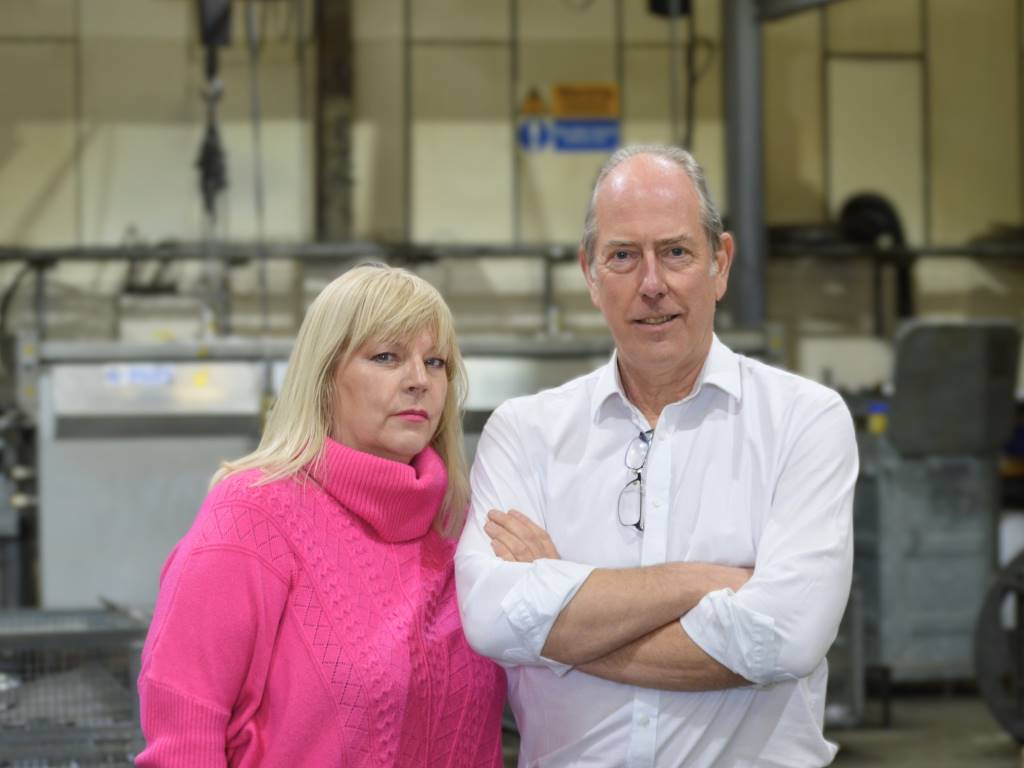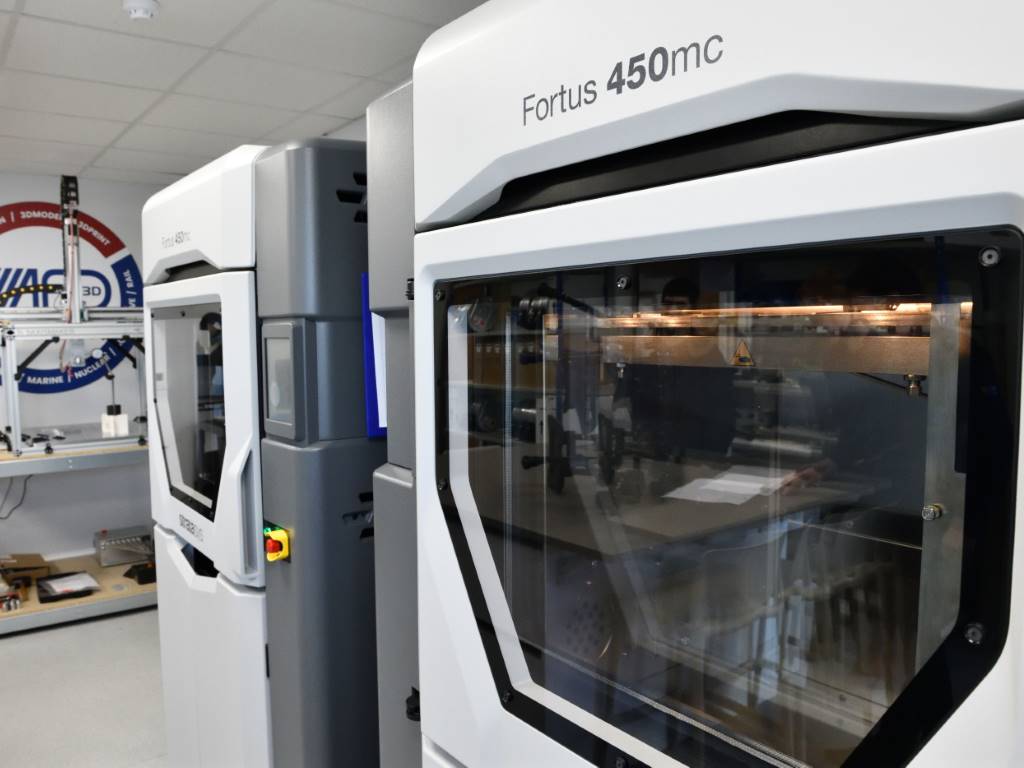Cranking up production
In high volume engine manufacturing, seconds saved in a single machining operation can translate to significant financial savings.
In high volume engine manufacturing, seconds saved in a single machining operation can translate to significant financial savings, more profitability and ultimately a competitive edge in a very price sensitive market.
It was nearly 150 years ago that Nicolaus August Otto and Eugen Langden started the world's first engine factory – the forerunner of Deutz AG Cologne GDR – a leading German diesel engine supplier that today employs 5,500 people worldwide in 130 countries.
In terms of productivity savings through process optimisation, Deutz provides a case in point – face turning the support sides, or cheeks, of diesel engine crankshafts. Although cheek surfaces do not contact any other metal part in the assembled engine, their dimensional accuracy directly affects dynamic balance during engine operation. The annual volume for just one model of crankshaft is 25,000 units, and the company makes ten different models.
Cycle times halved
Following a comprehensive retooling programme assisted by Iscar, cycle time for the operation was reduced by half, from 69 seconds down to 38 seconds but although this was the primary objective of the retooling programme the story doesn't end here. Edge life increased dramatically and became more predictable, thereby improving process security and virtually eliminating unscheduled tooling related downtime. Power consumption dropped by 10-15% and additionally, one new Iscar Heliturn Laydown turning tool mounted in a custom toolholder eliminated a second tool, freeing up valuable turret space.
The operation involves facing off both the left and right hand cheeks as the crankshaft is spun to remove about 1.2mm from each side. Deutz carries out machining duties on a dedicated Niles-Simmon CNC turning centre equipped with a three jaw chuck and lunette and tailstock. Since the crankshaft is asymmetric, the surface to be machined is essentially a ‘moving target', presenting an interrupted cut at the start of each operation on top of all the programming issues associated with a work surface that revolves in an eccentric path.
Previously the difficult process required separate right and left hand tools with toolholders holding Iscar's square CNMG inserts in the conventional flat orientation. Because of the uneven cutting loads and interrupted cuts inherent in such an operation, sudden tool failure was a constant source of unscheduled outages and this is partly why Deutz kept machining rates on the conservative side.
Turning the other cheek
Company engineers asked Iscar for a solution for one model of crankshaft – primarily targeting cycle time and the recommendation was to use Heliturn inserts in a special double toolholder, enabling a single tool to complete both sides of the cheeks as well as achieving higher machining rates. The inserts are mounted tangentially in the toolholder, presenting the strongest cross-section to the main cutting force vector leading to longer, more reliable edge life. As a result, the chief failure now is due to gradual wear, rather than unpredictable rupture or edge breakdown. With the sudden edge failure threat gone, machining rates could be ramped up safely.
New tool, close up
Tangential insert orientation aside, several other features built into Helitang facing tools account for improved performance here. High positive rake angles combine with helical cutting edges to create a free cutting action which enables increased speeds and feeds, plus greater depths of cut, while actually improving process security.
The high rakes develop a cleaving type cutting action rather than the scraping action characteristic of low and zero rake tools and helical edges reduce the cutting forces in a different way, introducing a soft cutting action much like scissors shearing paper, a little at a time.
Curving the cutting edge eliminates the kind of impact forces that typically develop when a straight edged insert collides with the workpiece. The top face design features small bump chipbreakers to create uniform rib shaped chips plus centre screw clamping and a smooth top surface allow for unimpeded chip exit.
Partnering to exceed expectations
Deutz collaborated with Iscar to optimise the machining parameters to balance shorter cycle times with greater process security. In the first trial with a single Heliturn insert, cycle time was reduced considerably, the operation ran cooler, spindle load diminished and edges lasted predictably longer, so it was time to ramp up the settings and push the tool more.
The company finally settled on parameters that not only cut cycle time by more than 25%, but also protected the tool enough to extend edge life and improve process security. Throughout the tests and trials, it was noted that despite the higher machining rates, the spindle load still read much lower than before.
At this stage, Iscar suggested a second improvement to leverage the lower spindle loads which involved putting a second tool into the freed-up turret space and machining two pairs of cheeks simultaneously. Without the lowered cutting forces created by the Heliturn Laydown tool, this step would have been risky. Deutz tried it successfully, leading to a further reduction in cycle time.
From tractors to tugboats
The revised operation has been running 24/7 since mid-2009, producing approximately 20,000 crankshafts of a particular model. Cycle times have been cut in half and unscheduled outages due to catastrophic tool failure are a thing of the past. Based on this success, the company is extending the idea enterprise wide. The ten Deutz crankshaft styles go into engines for equipment that ranges from farm tractors and industrial equipment to railroad machinery and ice breaking tugboats. The Deutz tradition in diesel engines goes back to when it produced the world's first Otto engine.
Iscar cites this success as an example of Fast Metal Removal (FMR) turning – combining innovative tooling ideas with total application support, leading to more profitable machining operations for the manufacturer. Iscar notes the trend of customers requesting total solutions rather than simply ordering products from a catalogue and actually favours this type of work because it ultimately leads to enhanced productivity for the customer.
Iscar
www.iscar.com














